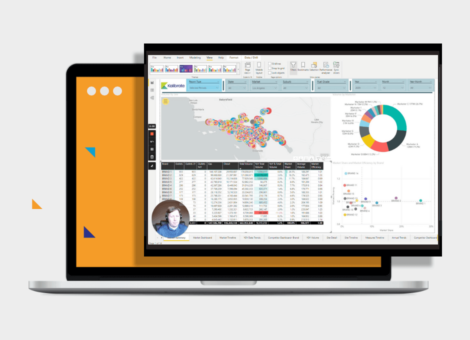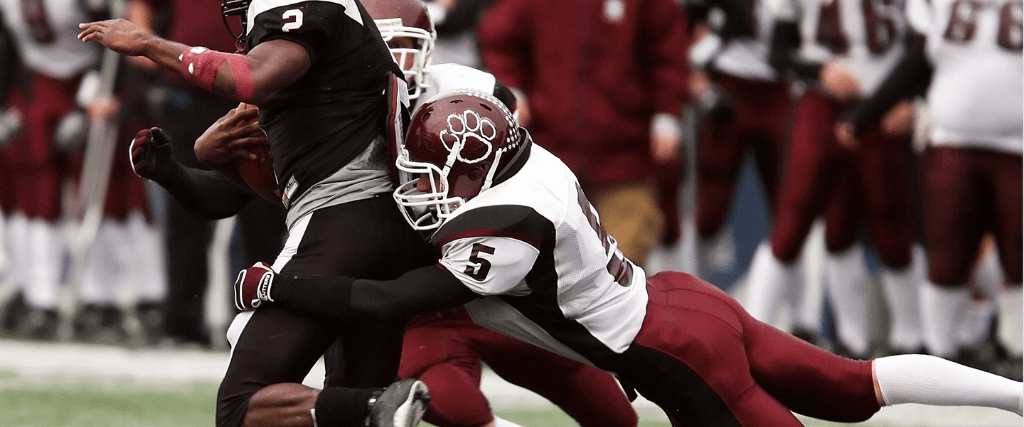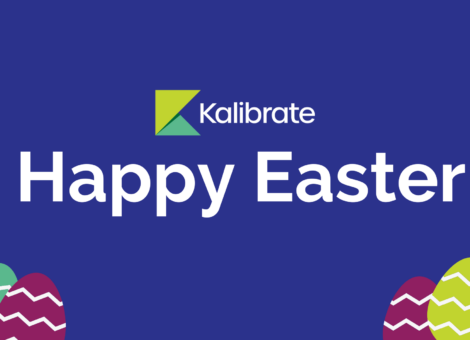How to compete with larger fuel retailers
Fuel retail is a competitive business. In many cases your competitors literally surround you and sit on every corner. For small independent fuel retailers, this can be a daunting outlook.
Can someone with one or two gas stations and convenience stores really compete with those huge national and international brands?
On June 24, we held a live Q&A webinar to answer questions, like this one, from independent gas station owners. Rianne McBride, Kalibrate’s Sales Executive for Insights, was joined by Alexia Field and Elena Lau.
Alexia has worked in the retail fuels business for over 20 years in various operations roles, retail accounting, and private consulting where she helped local c-store operators improve their operations and site profitability.
Elena Lau spent her career in the convenience stores industry in various operations and fuel management roles. As an Operational Leader, she was responsible for the overall performance and profitability of 50+ convenience stores. As a Fuel Manager, she oversaw fuel pricing, procurement, environmental compliance, and fuel accounting for 170 plus convenience stores.
Here’s their advice on how small fuel retailers can compete with the big brands:
Big retailers have big budgets to spend on advertising, and can harness economies of scale allowing them to buy in bulk at lower product costs, both on fuel and merchandise. But that doesn’t mean that you can’t compete.
Leverage your local knowledge
Small retailers have some advantages that those huge chains just don’t have. Large fuel retailers don’t have the same local focus and visibility that you do, and they typically don’t have the same agility to adapt to changing consumer behavior as quickly as you can.
You know your store better than anyone. You know what sells and what doesn’t. Capitalize on that data, and your ability to be flexible and act quickly to give your customers exactly what they want.
Large retailers often aim for uniformity in merchandising, offering the same deals coast-to-coast. This prevents them from bringing in local brands — which can be a huge hit for local consumers. Listen to your customers. Do they want donuts from the famous in-town bakery, fresh produce from the local farm, or beer from the local microbrewery? Are they asking for a curb side shopping option?
Data shows that COVID-19 has shifted consumer behavior. The c-store customer is now looking for more than traditional convenience store items like candy and chips. Instead, they want to reduce the number of stops they make, and go to a c-store with the most diverse offering — not necessarily the one with the best promotions.
Yes, promotions like “a 12 pack of soda”, “2 for $5”, or “coffee for $1” are essential and certainly a pull for the customer, but equally critical, and entirely under your control, are stock levels and execution. Does it matter that you sell coffee for $1 if your coffee pots are always empty or the coffee is old?
Watch the full “Maintaining and increasing profitability” webinar on demand.
Elena Lau and Alexia Field bring you actionable insight and advice on:
- How to implement a successful employee hiring process
- Decreasing costs through better inventory management
- Decreasing labor costs without cutting staff
- Tips to increase your sales
Read more articles about:
Location intelligenceSubscribe and get the latest updates
You may unsubscribe from our mailing list at any time. To understand how and why we process your data, please see our Privacy & Cookies Policy
Related posts
Uncategorized
On-demand demo of Kalibrate Market Intelligence
For fuel retailers that want to gain market share, KMI provides granular detail on competitor performance allowing...

Location intelligence
Kalibrate Planning: hints and tips
Your monthly Kalibrate Planning hints and tips.


